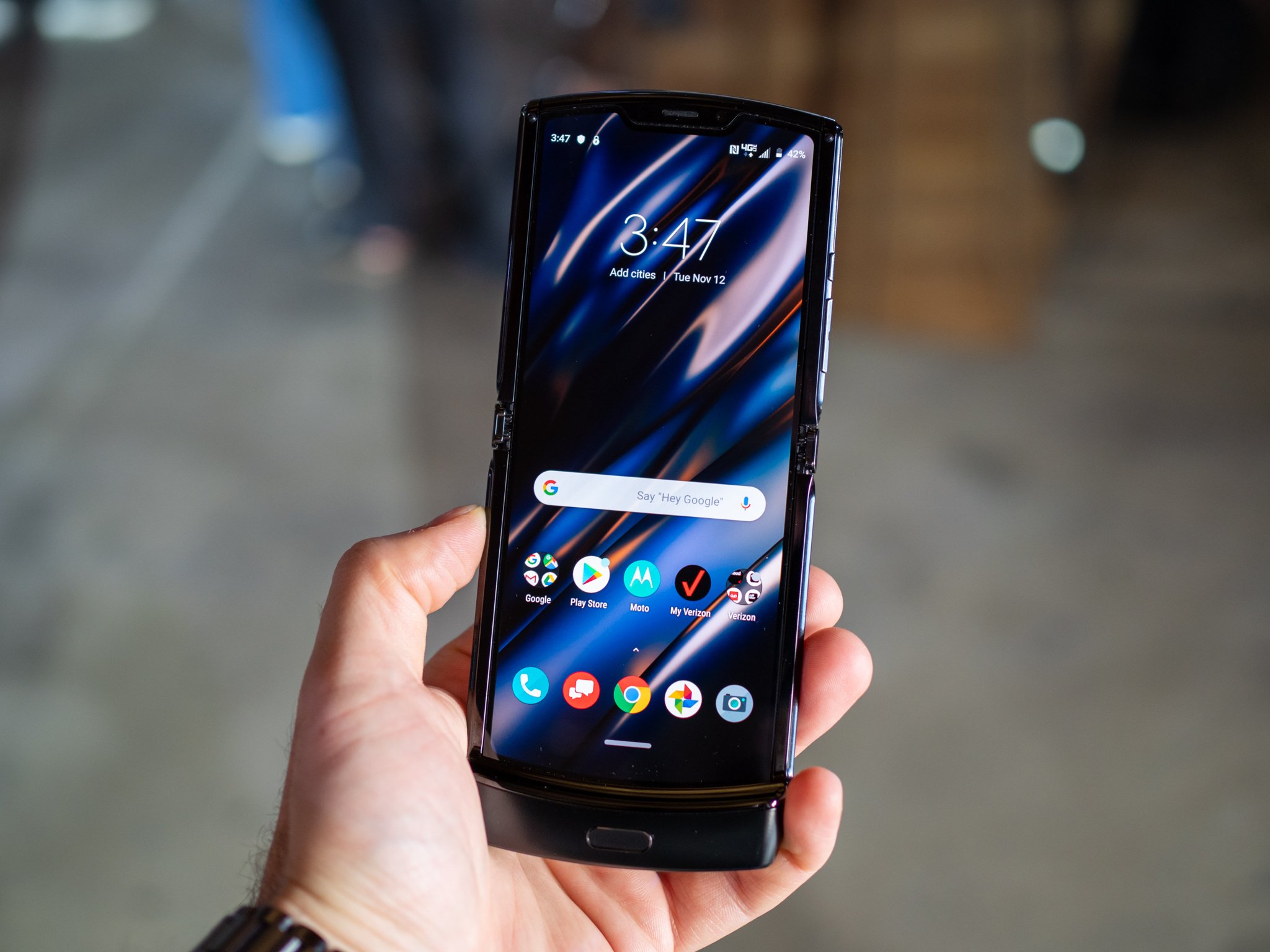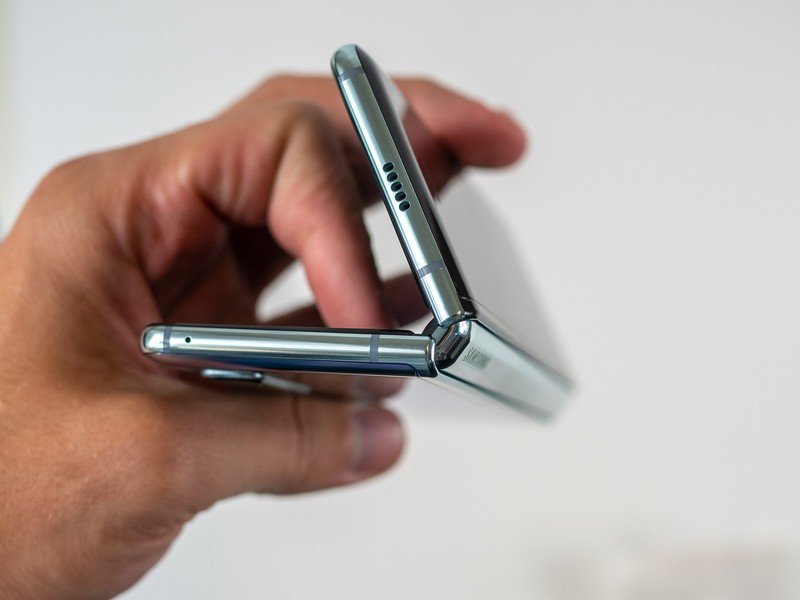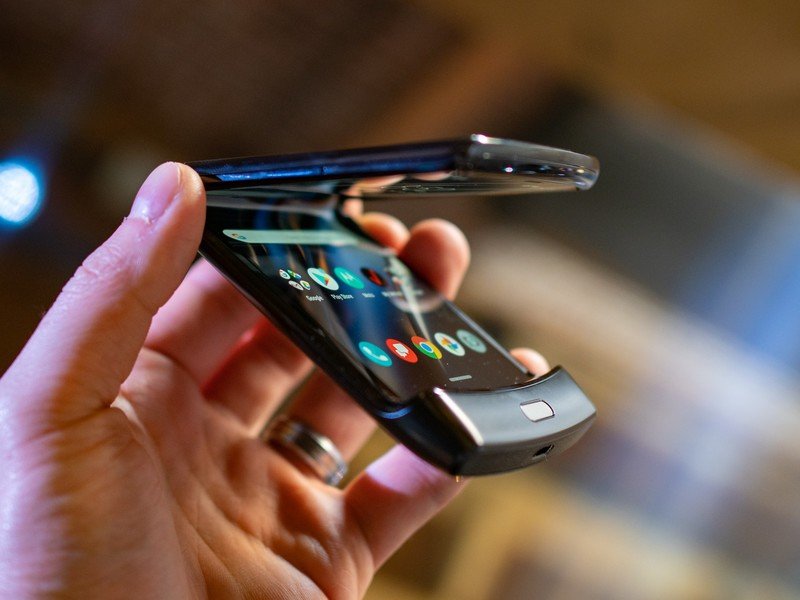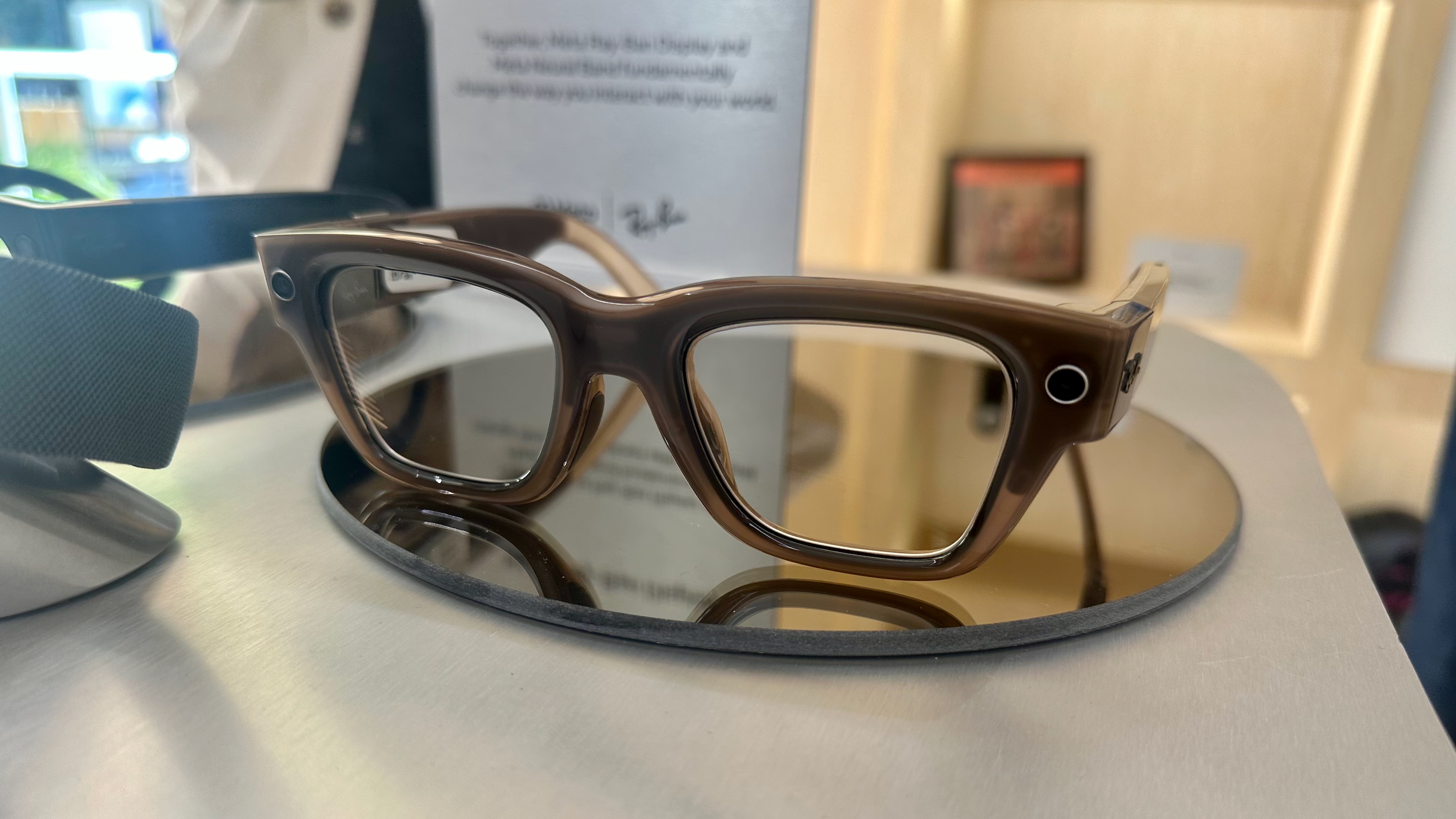I wasn't expecting to love clamshell foldables — turns out I was wrong

Depending on who you ask, foldable phones are either the inevitable future of mobile that we're all slowly inching towards, or an expensive gimmick that nobody should invest in just yet. Or maybe it's a bit of both.
I think it's still a little early to come to any definitive conclusions, and that phones are far from the only use we'll have for flexible display tech — but that's an editorial for another day. In the meantime, I've spent a decent chunk of time with foldable phones this year; I took the Galaxy Fold on three trips as my primary phone, and spent hours with the new Motorola RAZR at its launch event in Los Angeles.
We also saw a few other foldables at the start of the year. The Royole Flexpai wasn't a great phone by any stretch, but it was a start, and while the Huawei Mate X may never come to the States, it's the most compelling alternative to Samsung's Galaxy Fold, with equally high-end specs and a design that puts the display on the outside, rather than hiding it on the inside.

But all of these phones followed the same general design language, giving you a relatively typical-sized phone that folds out across the y-axis to give you more real estate — a miniature tablet of sorts. The RAZR is the first phone I've used that opens across the x-axis, changing from a tiny phone that fits in virtually any pocket to a phone that, for the most part, looks like any other.
Clamshell foldables are less exciting, but more practical for one-handed use.
That sounds kind of pointless at first, I know, but after spending some time with both form factors, there are a few things about the RAZR's classic clamshell design that stand out to me as being much more practical than the form factor that Samsung and others have opted for … even if it's less sexy.
A lot of it comes down to Motorola's execution. The RAZR is, as you'd expect given the brand's legacy, shockingly thin, even when folded shut. By contrast, the Galaxy Fold is massive in its candybar form, and even though the revised model has a smaller gap between its two halves when shut, the hinge still can't flatten completely. It isn't a huge deal, but it's enough to make the RAZR feel much more polished in the hand — even if its specs are significantly less capable.
Another thing I love about the RAZR when it's shut? The cover display makes much better use of its small size than the Galaxy Fold. Motorola knows that the display is too small to cram the usual Android interface into, so instead, it condensed its Moto Display software into the screen, showing you notifications and media controls, along with quick responses for text messages.
Get the latest news from Android Central, your trusted companion in the world of Android

The Galaxy Fold tries to fit virtually the same layout on its cover display as with a regular Samsung phone, even running full apps. It's a cramped experience, to say the least, and while it's perfectly fine for reading notifications, scrolling through Instagram or trying to type a message out is a nightmare. On the other hand, the Mate X puts its display on the outside specifically so that you still get a full-sized experience with the phone folded shut, which is great in theory, but it leaves the plastic screen totally exposed and unprotected.
The RAZR's clamshell design feels like the only foldable phone that's ready to use today without a hitch.
Of course, once you open the RAZR, you get a fairly typical 6.2-inch 21:9 display, albeit with an insanely thin body. On the Galaxy Fold, I loved having the extra real estate of the huge 4.2:3 display when unfolded, but it wasn't always practical. Between the tiny cover display and the huge tablet-like configuration, the Fold was practically impossible to use one-handed. And while I loved the massive screen for certain uses, at least for the time being, there are still way too many apps with less-than-stellar optimization for the screen size — though that'll presumably be resolved in time as more people buy into foldable phones.
I'm sure that day will come sooner than later, especially as more manufacturers are investing in foldable designs, but the RAZR's clamshell design feels like the only foldable that's ready to use today without a hitch. The more typical 21:9 aspect ratio when unfolded is far easier for apps to adapt to, and the cover display doesn't try to do more than it's sized for. What's more, the slim design that folds completely shut without a gap feels significantly more polished and premium, even if the specs don't match up with the Fold.

But why invest in a foldable phone if it only folds out to be the size of a regular phone that already fits in your pocket? Well, for one, I don't necessarily think that the RAZR is the foldable phone to invest in just yet; its specs and camera are already dated, and it'll only be available on Verizon in the United States. But I think the form factor is worth keeping an eye on — not everyone has massive pockets, and besides that, sometimes it's just nice to have a screen you can use in one hand.
Motorola isn't the only company that thinks vertically folding phones are worth putting time and energy into — Samsung has already teased a new clamshell design that could well become the Galaxy Fold 2 or even a separate folding variant some time next year. Whatever the case, I'm excited to see what the future holds for foldable tech.

Hayato was a product reviewer and video editor for Android Central.

